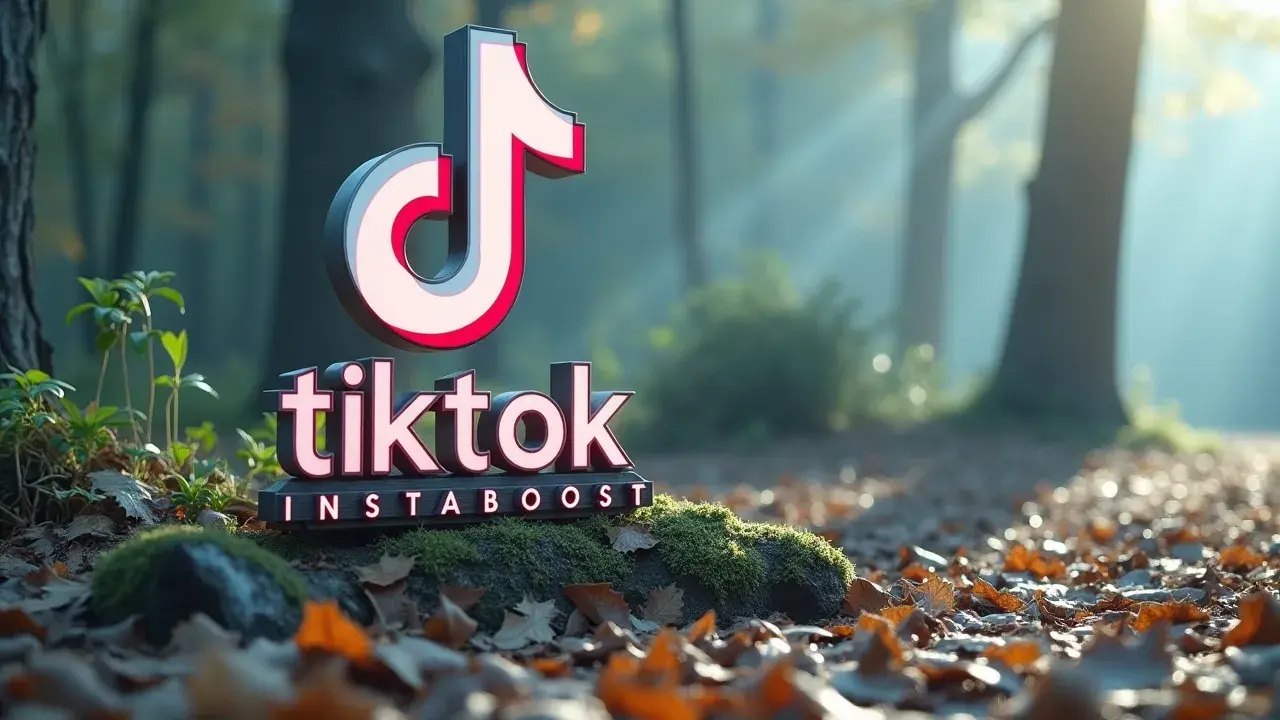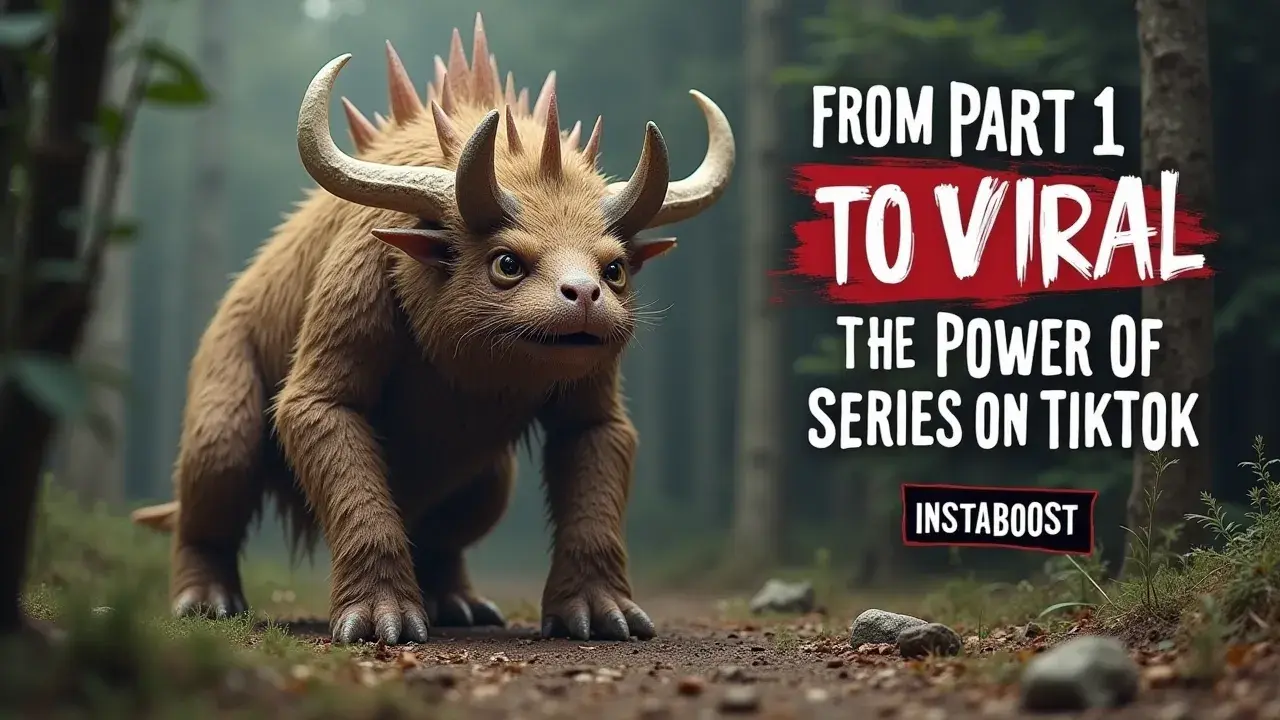From Part 1 to Viral: Why Series Work on TikTok
A sequenced series turns casual viewers into predictable return watchers. By releasing clear Part 1, Part 2, and beyond, sequels build habit, hold watch time, and encourage stacked comments. Consistent drops and explicit next steps guide viewers through a simple, repeatable path to growth. If views are coming but saves lag, make value feel collectible and lift retention around key moments to convert passive views into durable engagement.
Why Series Beat Singles On TikTok
Most creators fixate on hooks; fewer think about structure. A single strong clip can spike views, but a steady TikTok series stacks them over time. The difference is straightforward: a series plans pacing (what you share now vs. later), recurrence (why it shows up next week), and small promises (what someone gets for watching to the end). That framework turns passive scrollers into savers and people who binge – something a one-off “Part 1” rarely holds. Treat each episode like a link in a chain: short, easy to finish, and clearly connected so momentum keeps moving. That’s the real advantage of series on TikTok: you’re not just chasing a pop; you’re building return paths.
When it’s working, the algorithm reads your account differently – tighter topic clusters, steadier completion rates, more predictable rewatches – and your audience shifts too: they follow for continuity, not novelty. The practical benefits add up. You can publish faster because you’re not reinventing ideas, you’re iterating beats. You can measure cleanly because each episode tweaks one variable – hook, reveal timing, CTA – and the feedback loop tightens. You also create options: a strong arc can spin into side series, compilations, and playlists that rank for specific searches like “how to start a series on TikTok,” a reminder that strategy often matters more than the ultimate TikTok solution you happened to hear about last week.
The real change is mindset. Think of your account like a season, not a feed. Set the recurring tension, the cliffhanger rhythm, and the payoff schedule before you hit record. When your work has a spine, views turn into saves, saves into longer sessions, and longer sessions into that flywheel every creator wants – people finishing an episode already looking for the next one, even if it’s not out yet.

Credibility Isn’t Clout: What “High Engagement” Hides
Here’s why “high engagement” isn’t always a win. A single TikTok blowing up can feel validating, but it mostly shows you hit the right moment, not that you have a model you can run again. Likes and comments are noisy. Better signals are saves, rewatches, and whether people tap into Part 2 without being pushed. That’s where series beat one-offs: you get a structure you can measure. If you release episodes with steady pacing and clear micro-promises, you can see whether the scaffolding holds – do people binge two or three in a row, come back when you post on Tuesdays, and ask when the next one’s coming?
That’s how you separate a one-time hit from something that actually compounds. Credibility isn’t the screenshot of a spike; it’s showing mechanics you can repeat: a naming format that helps new viewers orient (“Ep 3: Budget Camera Setups”), a CTA that points to the next step (“watch Part 4 for the lighting test”), and a cadence that turns casual interest into a habit. If your analytics show average watch time climbing across the series and comments shifting from “algorithm brought me” to “back for Part 5,” you’re building authority instead of chasing luck. Treat each episode like a small experiment: same premise, new angle, consistent runtime. Over time you’ll see what prompts saves and shares – the conversion behaviors the TikTok SEO people quietly optimize for, which is why quick fixes like cheap tiktok followers tend to mask rather than reveal what’s actually working. Viral clips are auditions; series are the steady slot on the calendar. When you can ballpark views before you post, you’ve earned credibility with your audience and with the system. That’s the gap between a clip and a system, and where a TikTok series starts to matter and grow.
Design Micro-Promises, Not Mega Hooks
“If it looks too neat, it probably isn’t true.” TikTok isn’t a tidy funnel; it’s scaffolding that can handle some mess. The play is to build a series around small promises that stack: each Part n answers one clear question and sets up the next with a specific, testable curiosity gap. Pace it like this: 1) make a claim, 2) prove a slice of it, 3) point to the wrinkle you’ll untangle tomorrow. Don’t chase raw views; watch saves, rewatches, and profile taps to the playlist, and remember that vanity spikes can be misleading even if you see peers try to boost tiktok likes in isolation.
That’s the flywheel: a real payoff plus a reason to come back. To help that along, lock a repeatable format (same caption frame, same on-screen labels, same opening verb) so new viewers can tell it’s part of an arc. Pre-write five episode beats before you post Part 1, but only script the first two so you can pivot based on comments and where retention dips.
The small, annoying details matter: title cards with Part numbers, a pinned comment that links the next entry, and a steady cadence (daily at the same hour) so people start to remember. Track retention at 3s, 50%, and the final second, then adjust: if people drop right after the setup, your setup is still a pitch – move the payoff earlier and shift the tease to a new wrinkle. One viral post doesn’t prove you can repeat it; a rising baseline across Parts 3 – 7 does. That’s how you move from “Part 1” to something people binge: small, credible promises kept in order, judged by saves and profile taps, not clout. It’s slow compounding, not lottery tickets – so you can keep going without burning the whole thing down.
When “Do It Right” Kills Replay Value
I tried doing everything “right” once and regretted it. I followed the playbook: tight hook up front, clean edit, tidy payoff at the end. It made one neat TikTok that no one rewatched and no one asked a Part 2 for. Here’s the thing I missed: optimization isn’t structure. One viral clip tells you about timing; a series tells you about behavior, and the real lesson hides in how you optimize tiktok content views through pacing and expectation, not just cuts and captions. If you want attention to stack, you need scaffolding, not polish – small promises that leave a bit unfinished so rewatches, saves, and clicking through feel reasonable.
The platform doesn’t reward completeness; it rewards momentum. So the aim isn’t “Part 1 goes viral”; it’s “Part 1 sets a pattern.”
Think in episodes that resolve something small, surface the next wrinkle, and let that thread do the work. That’s how you fix the “views, no saves” problem without chasing trends: give people a reason to come back. A big one-off can hide the real signal – will someone tap the next piece without a heavy pitch? If not, you built a cul-de-sac. On TikTok, credibility isn’t about status; it’s about being consistent.
Treat each clip like a small test: a clear claim, one slice of evidence, then the next question. Don’t tie it up perfectly. Leave specific, manageable ambiguity that pulls someone forward. You’re not gaming the system; you’re teaching an audience to expect progress. And yeah, that means leaving some value on the table every time. Not to withhold, but to build a path where the best payoff lives across episodes, not inside them. That’s the quiet logic of a series, and it’s the only thing I’ve found that turns one spike into something people actually stick with over time.
Ship The Scaffolding, Not The Statue
You’re not making The Video – you’re making a setup that helps someone who finds Part 4 and decides to watch the rest. That’s how views turn into saves – not from one perfect edit, but from a steady trail of answers people can follow. Use the same opening line each time so there’s a breadcrumb. End with the next small promise, not a tidy conclusion. If a clip underperforms, don’t patch it; add a note tomorrow about what you learned and move on. People trust a system more than a sheen.
The series format also teaches the algorithm: repeat your terms, keep the topic boundaries steady, reuse the same key phrases in captions and on-screen text. It’s lightweight SEO for TikTok – enough semantic consistency that your parts cluster and the For You page learns to stack your episodes. Build a living index: a pinned comment with a timeline, a playlist named after the core claim, and a one-line summary under each clip. Your north star isn’t a viral spike; it’s replay gravity – how often Part n sends people to n−1 and n+1.
And remember, signals compound in odd ways, the same way people will quietly buy real TikTok shares without announcing it, so measure the ripples, not the noise. Track that, not only watch time. When a thread starts generating FAQs, that’s not noise; that’s the next branch. The series ends when the questions slow down. Until then, treat each “Part whatever” like a lab note – state the claim, take a slice, add a wrinkle – because the mess is how you find the path, and the path is what keeps it going.
Close The Loop, Then Widen It
Series don’t grow because Part 1 is perfect; they grow because the loop is easy to enter, satisfying to finish, and simple to continue. At the end of every episode, your job isn’t a big reveal – it’s making the next small promise clear and tempting. Two beats matter: a clean state change (“Now we know why thrift stores hide the good stuff”) and a pointer forward (“Tomorrow I test the $7 method on luxury labels”). That’s what turns passive watchers into savers and moves them through the playlist. Treat each post like an on-ramp for the person who stumbles onto Part 4 first: one-sentence recap, episode number visible in the caption and on-screen, and a pinned comment with the full series index.
Use one canonical hashtag and a consistent title format so your profile is easy to scan – this is SEO for your channel, not for Google, and I’ve even seen creators quietly reference tools that helped them expand TikTok presence fast without changing the cadence or tone of their series. Think small levers that compound: a weekly recap stitching Parts 1 – 5, a profile banner that says “New Part daily at 6p,” and a standing CTA focused on usefulness, not ego (“Save this to compare thrift tags”). Then widen the loop beyond TikTok: mirror the series as a YouTube Shorts playlist, post the index on your site, and collect emails for a simple roundup – light syndication that keeps the binge path intact when the algorithm drifts. From Part 1 to “took off” is less about spikes and more about circulation. Close the loop every time, widen it on purpose, and let the structure – not the adrenaline – carry the work forward.















